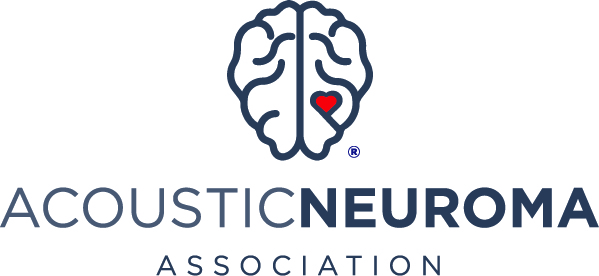Hi LIz-
First, this is only my opinion as a patient -- I chose translab because my surgeons said that it had a slightly better chance for preserving my facial nerve AND there was virtually NO chance of preserving my hearing with retro-sigmoid anyway. Like you, I was more concerned with my facial nerve than with hearing. I'm a little more than two weeks post surgery now, and do have some facial probelms, but am assured that they will resolve with a little time. So far,I can't really say that the SSD has bothered me a great deal, but in fairness, it hasn't been long enough yet.
One thing I'd suggest, if you haven't already done it, is have a specific conversation with your surgeon/s about the pros and cons of both surgeries for YOUR particular case. I asked a lot of questions and it really helped me to make the right decsion for me.
And, feel free to ask questions here on this forum, too - I think you'll find eveyrone here very willing to share their experiences. Just remember to make your own decsion.
Warmly,
Debbi




